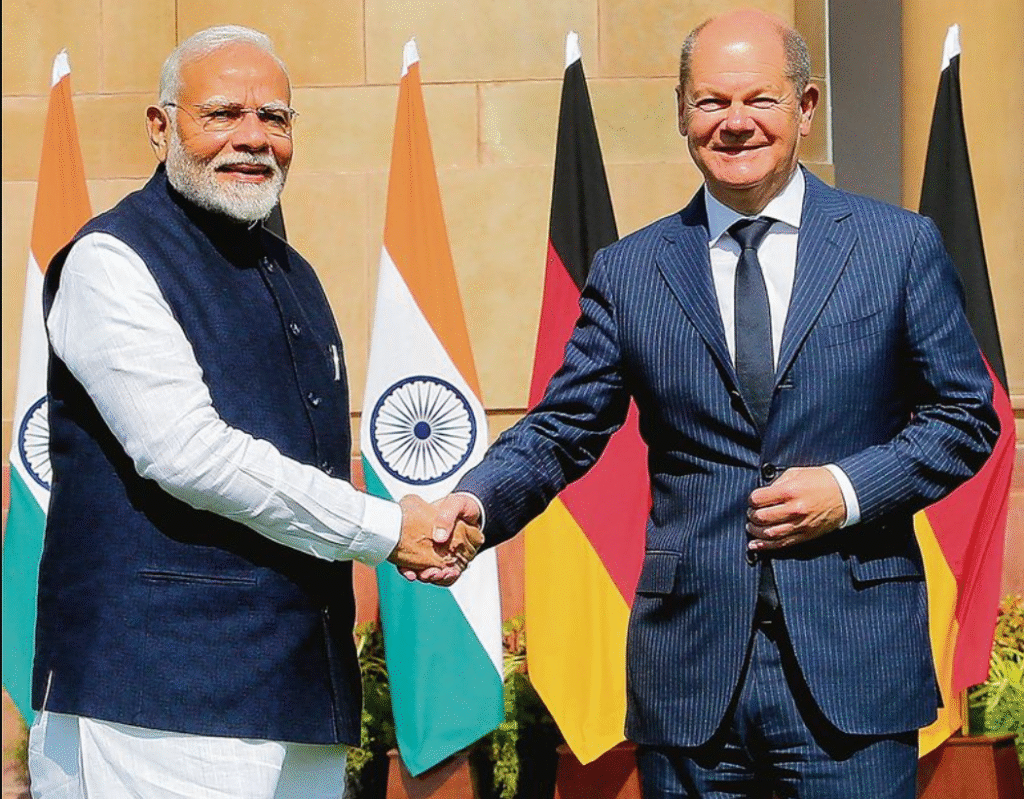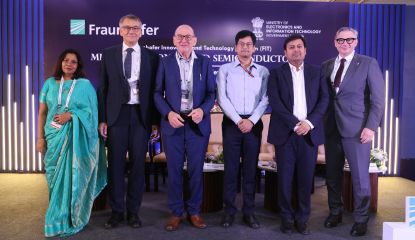Subtotal $0.00
India and Germany Bolster Semiconductor Ties
India and Germany have taken a significant step forward in strengthening their semiconductor collaboration. The 7th edition of the Fraunhofer Innovation and Technology Platform (FIT) 2025, held in New Delhi, brought together senior government officials, researchers, academia, and industry leaders from both countries to foster meaningful partnerships in technology areas of strategic relevance.

Key Highlights of the Collaboration
- Joint Roadmap for Semiconductor Innovation: A knowledge paper was released, outlining actionable strategies for co-developing semiconductor capabilities in sensors, packaging, MEMS, chip design, power electronics, and workforce development.
- Applied Research and Technology Transfer: The partnership focuses on applied research, joint development, technology transfer, manufacturing, and human capital development to build resilient semiconductor capabilities in India.
- Scalable Innovations: Fraunhofer’s German delegation showcased innovative partnerships and scalable solutions for India, with a focus on CMOS chip design, sensor systems, MEMS, advanced packaging, and system reliability.
- Skills Development: The collaboration emphasizes the importance of joint qualification programs and innovation labs to connect research, industry, and end-users, addressing the need for skilled workforce development.
Quotes from Key Stakeholders
- “Microelectronics is not optional. It is foundational,” said Professor Albert Heuberger, Spokesman of the Fraunhofer Microelectronics Group.
- Anandi Iyer, Director, Fraunhofer Office India, emphasized, “India stands as a beacon of hope and progress, breaking glass ceilings with audacious mission-mode programs.”

Future Prospects
The partnership between India and Germany is poised to accelerate India’s semiconductor ambitions, fostering innovations with global market relevance. With Germany’s advanced technology leadership and research ecosystem, and India’s rapidly growing market and production capabilities, this collaboration holds significant potential for growth and development in the semiconductor sector ¹ ².






